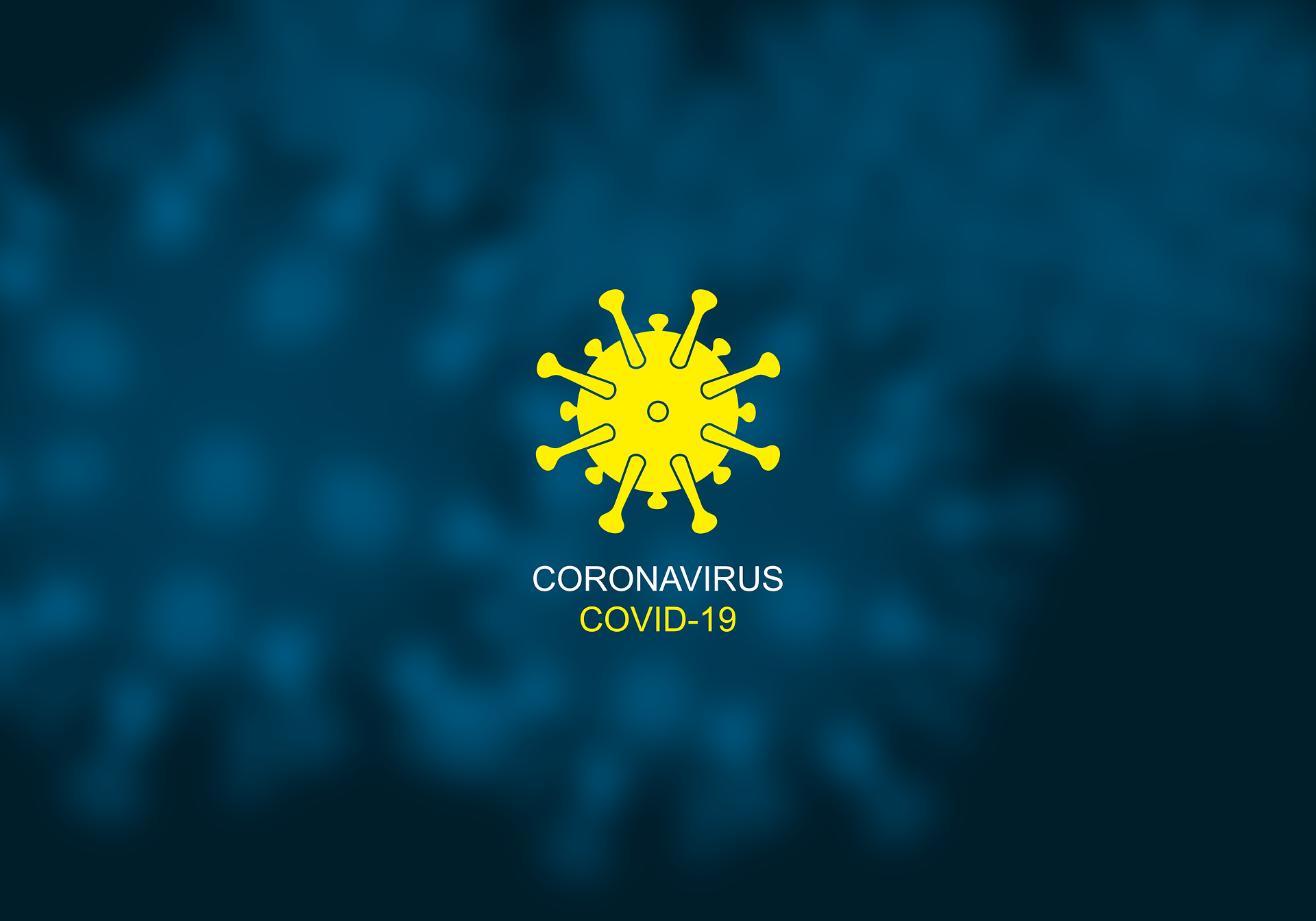Because of the high autumn temperatures, there are currently only a few COVID-19 infections, and the symptoms still vary widely, from a cold to severe illness. This is mainly due to immunological reasons – but not only.
According to current data from the Ages and the Wastewater Monitoring, almost only XBB variants of Omckron are circulating in Austria, with the Eris sub-variant (EG.5.1) accounting for the lion’s share at 40 percent. One of these pathogens probably caught director Sarah Scherer in September, and the infection was rather severe, the 34-year-old from Vienna recounts.
“Suddenly, I had an extreme headache; the fever shot up to almost 40 degrees and stayed that high for three days.” She says she was severely weakened for two weeks by the infection, including accompanying symptoms such as aching limbs and “brain fuzz.” Of note in this context is her immune history. Scherer has been vaccinated twice and already had a disease last year. But the current one in September was significantly more unpleasant. Which raises the question: What does it depend on?
Key factors: Antibodies and viral load
The first thing to do is to distinguish between infection and the severity of the disease, says Judith Aberle from MedUni Vienna in an interview with Ö1. The antibody level ultimately decides the question “Infection: yes or no?”. And this is known to drop a few months after vaccinations or illnesses.
Aberle said that how the body’s reaction develops in the wide range from asymptomatic to hospitalization depends on several factors, but the viral load plays a key role. “Sometimes you only get a minimal amount of virus; other times we get coughed on directly, and then, of course, we’re faced with a much larger amount.”
The rule already formulated during the pandemic, according to which children often remain asymptomatic and rarely become seriously ill, but older people and people with previous illnesses are at risk, is still valid.
But the virus is always good for surprises, says Naghme Kamaleyan-Schmied, a general practitioner in Vienna-Floridsdorf. She repeatedly experiences that, for example, “older people come to the practice with a CoV infection and just have a bit of a runny nose. Conversely, I also had the case of a young triathlete who was so seriously ill that he had to go to the hospital.”
After panic: Indifference
The earlier sense of panic in Corona has subsided among her patients, but now the pendulum is swinging in the other direction, Kamaleyan-Schmied said. “I’m seeing a little too much indifference right now. If someone is sitting in the waiting room next to a high-risk patient coughing and sneezing, I do worry that they might get infected, even if they’re dutifully wearing their mask.”
Regarding the number of infections, virus activity remains at a low level throughout Austria. The trend is more downward than upward, probably due to the summer temperatures during the first weeks of autumn. This is shown not only by data from wastewater monitoring but also by feedback from sentinel practices.
Oliver Lammel, a general practitioner in Ramsau am Dachstein, has one such report. He notes a “sideways movement” for the last few weeks. “In my practice, four to six patients have been tested positive per week. It fluctuates a little, but nothing threatening.”
In relatively calm conditions, Kamaleyan-Schmied also registers in emotional terms. She says that vaccination and everything to do with Corona is now much less conflict-laden than before, and the polarization that was once so fierce is now no longer noticeable – at least not in her practice.
- source: orf. at/picture:
This post has already been read 2461 times!



